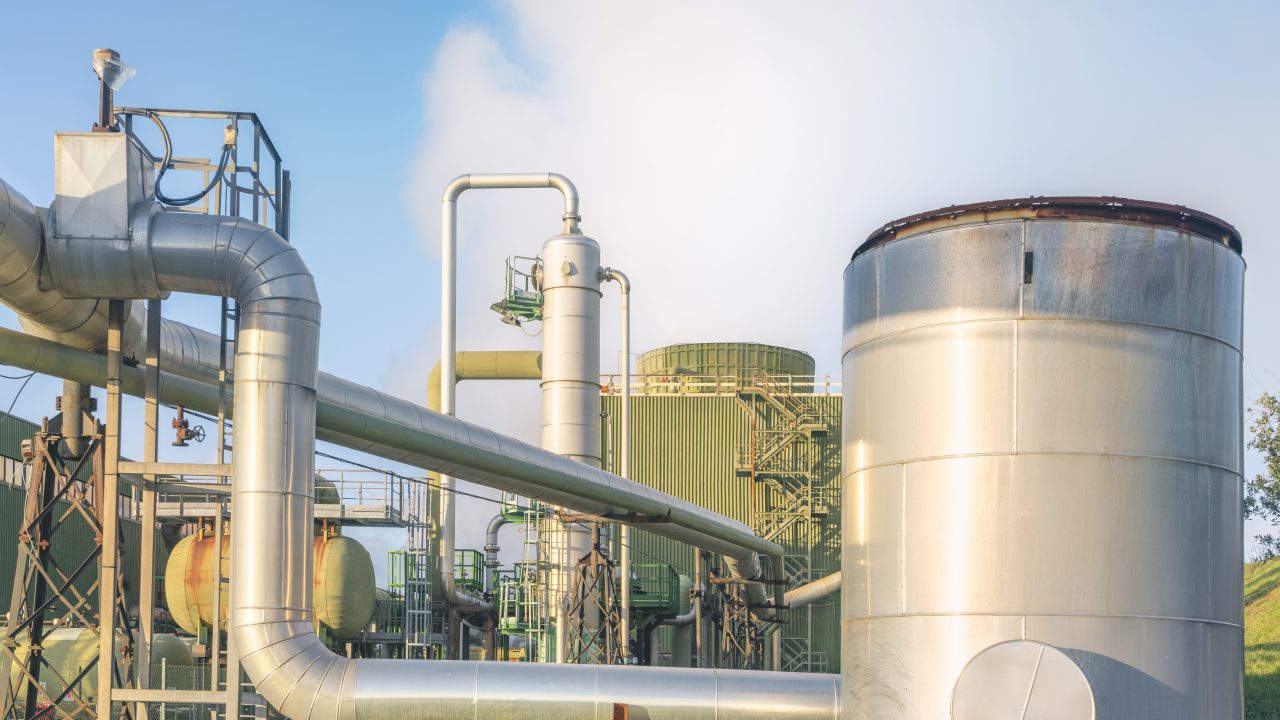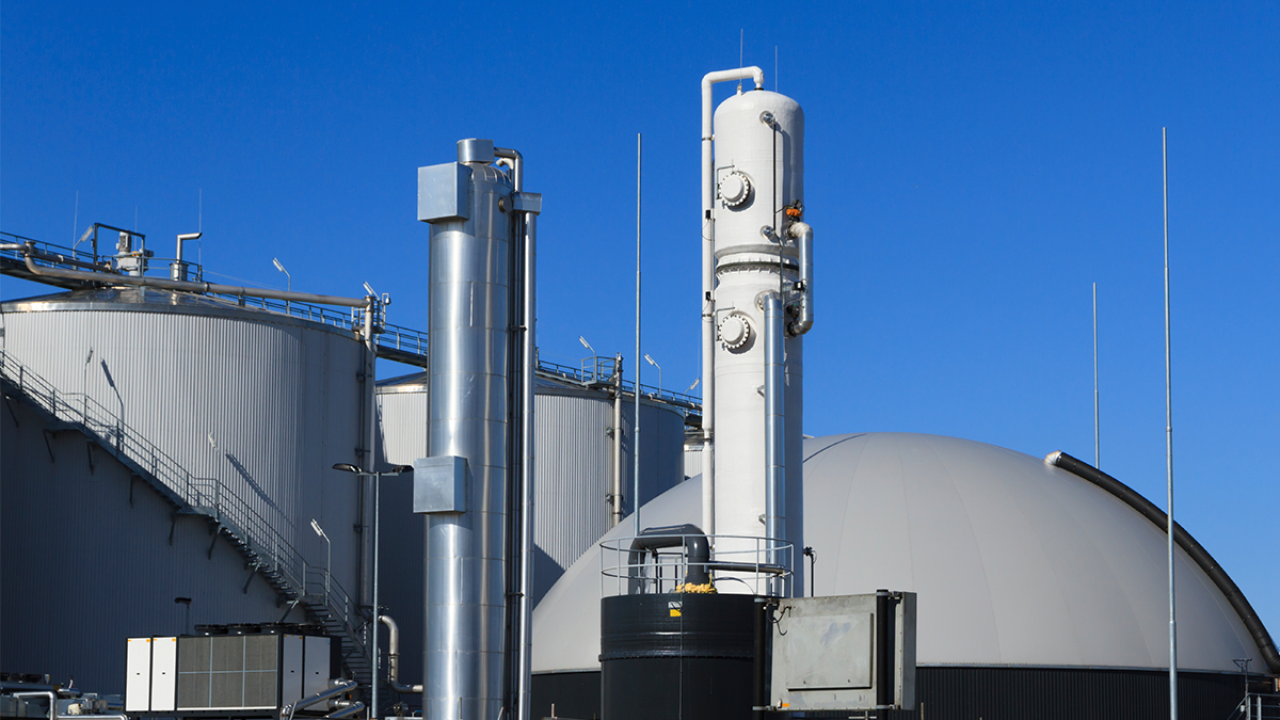
How NDIR Sensors Enable Reliable Hydrocarbon Gas Detection
Infrared gas detection is critical in modern industrial safety and environmental monitoring. For hydrocarbon gases, non-dispersive infrared (NDIR) sensors provide a reliable, low-maintenance detection method suitable for a wide range of applications. While these sensors are typically characterised for a specific gas like propane or methane, the underlying physics allows them to detect a wide range of hydrocarbons. Understanding how this works requires a closer look at how NDIR technology functions and how cross-sensitivity is managed.
How NDIR Works: Absorption of Infrared Light
NDIR sensors detect gases by measuring how much infrared (IR) light is absorbed as it passes through a target gas sample. Hydrocarbon gases absorb IR light at specific wavelengths in the mid-infrared range. An NDIR sensor consists of a broadband IR source, a gas sample chamber, optical filters, and a detector. As gas concentration increases, more IR light is absorbed, leading to a reduction in the detected signal. This reduction is interpreted by the sensor firmware, based on its calibration, to indicate gas concentration.
Crucially, many hydrocarbons share similar absorption features in the mid-IR spectrum. This spectral overlap enables a sensor calibrated for one hydrocarbon to respond to others, making cross-sensitivity both a useful feature and a consideration in system design.
Cross-Sensitivity: One Sensor, Many Gases
The ability of an NDIR sensor to detect gases other than its primary calibration target is known as cross-sensitivity. While this complicates interpretation in mixed-gas environments, it can be harnessed to provide versatile measurement capabilities using a single sensor.
Dynament’s Platinum hydrocarbon sensors are typically calibrated for propane but also respond to gases such as butane, ethylene, ethanol, and methanol. These secondary responses can be quantified using multiplication factors applied to the propane reading to approximate the concentration of another gas. This flexibility allows one sensor to be used across a variety of applications, assuming the gas composition is known and stable.
A detailed list of these multiplication factors, along with supporting graphs and linearisation data, is available in the Premier Sensor Relative Response Calculations datasheet
Why Propane? The Case for a Common Baseline
Propane is used as the standard calibration gas for good reasons:
- Spectral Compatibility: Propane’s IR absorption profile aligns well with the sensor’s detection band, providing a strong and stable baseline response at relevant lower explosive limit (LEL) levels.
- Linearity and Stability: Propane offers a nearly linear output over a wide concentration range, and its response shape closely resembles that of many other hydrocarbons. Methane, notably, is an exception, ts absorption characteristics differ significantly, making it unsuitable as a calibration base for cross-referencing.
Multiplication Factor or Re-linearisation?
For many gases, a simple multiplication factor can provide a useful approximation of concentration. For instance, multiplying the propane reading by 1.01 gives a fair estimate for methane. However, this method is inherently limited in accuracy across the full range.
Dynament also provides access to internal linearity curve data fields, allowing users to re-linearise the sensor for specific target gases. This approach can yield better accuracy across the full LEL range, but it requires more time and expertise to implement correctly.
Environmental Considerations: The Role of Temperature
While cross-reference factors enable multi-gas detection, it’s important to note that temperature compensation is always based on the original calibration gas, typically propane. This can lead to errors if the sensor is outside its intended temperature range.
The datasheet includes temperature response graphs for several gases. For example, a propane-calibrated sensor tested with 0.7% butane shows that the cross-referred readings remain within ±10% of the true value from -20 °C to +50 °C. While acceptable in most industrial environments, greater variation can be expected for gases with less spectral similarity to propane or under more extreme conditions. Verification with test gas is advised in all safety-critical contexts.
Practical Applications and Important Cautions
Cross-referencing extends the utility of a single NDIR sensor, especially in environments where the gas type is known, such as process lines, confined spaces, or storage applications. Multiplication factors are available for a broad range of substances.
That said, cross-referenced readings must be treated as indicative, not absolute. NDIR sensors cannot accurately measure gas mixtures, as the sensor cannot distinguish between different gases that absorb at similar wavelengths. In such cases, readings become ambiguous and potentially misleading.
For safety applications with mixtures of hydrocarbon gas, the most reliable strategy is to use a 0–2% vol. propane sensor, configured with suitably low alarm thresholds. This ensures the sensor responds appropriately to any flammable hydrocarbon present, even if exact identification is not possible. Where uncertainty exists, testing with certified calibration gas is strongly recommended.
Conclusion
Understanding the relative response of hydrocarbon sensors is essential for accurate gas detection and safety assurance across industrial environments. While NDIR technology offers flexibility through cross-sensitivity, carefully considering calibration, temperature effects, and application context is vital to ensure reliable results. Whether you’re monitoring a single gas or working within a known hydrocarbon environment, Dynament’s Platinum sensors provide robust, low-maintenance solutions backed by comprehensive support data.
Explore the full list of multiplication factors and detailed calibration guidance in our Premier Sensor Relative Response Calculations datasheet. For expert advice or to discuss your specific application, contact Dynament’s technical team today.




